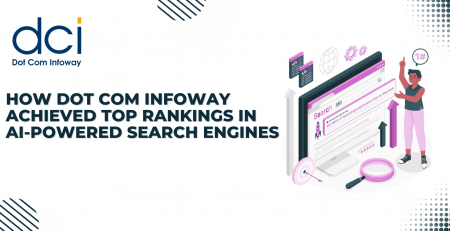Make your Ad Perform Better Using Google Adwords Campaign
Ensuring that your Google Adwords campaign has a good ROI relies on the optimization of three components: ad text, keywords, and targeting. Let’s take a look at how you can squeeze every single ounce of performance out of your ad.
Ad Text
The text of the ad should include keywords if you are using a keyword targeted ad. Users generally search for products or services, so unless you plan on promoting your brand, you should not include your company name within the ad title.
You then want the text to showcase your Unique Selling Point. This will make you stand out from the rest of the crowd by showcasing the features and promotions that you have to offer.
Next, you want to make sure that your call to action is clear. Whether it’s “Buy” or “Order today,” a customer should have no doubt about what he or she is supposed to do upon clicking your ad.
Finally, there is no way of knowing which words will work best, which is why you want to test different version of the text in each ad group. Maybe “Leather Shoes for Sale” works better than “Leather Shoes, 50% off.” The only way to truly know is by iterative testing with different offers and calls to action. In fact, Google’s system is designed for this. It will automatically rotate the ads within each ad group, and display the best performing ads more often.
Keywords
The keywords you choose should be related to the theme of your ad group, and they should include variations such as singular and plural versions. You can also include synonyms, alternate spellings, misspellings, and serial numbers. Google’s Keyword Planner is a great tool for this part of the process.
Once you have your list of keywords, you will see that certain keywords get more ad impressions (views), while others get fewer impressions but more clicks. This is where you can use keyword matching options to make sure that you are getting the most out of your keywords and ads by reaching the right audience.
To give you the opportunity to better refine your results, Google has implemented negative keywords. A negative keyword is a search term that, when searched for in combination with your other keywords, will not display your ads to the user. This feature is best used on keywords that offer a lot of impressions but not that many clicks.
Once you have the most effective keywords in place, you want to make sure that they redirect to the most relevant landing page. For this you have keyword final URLs, which can be attached to specific keywords.
Targeting
Each campaign has its own unique objective, and the better defined it is, the easier it is to achieve. Every campaign should start with a stated business goal, and having different campaigns for different goals makes it easier to track, monitor and adjust your ads.
Make sure to target the right languages and locations. For example, you might be shipping only within your country or state. There’s no point then in spending your advertising budget on appealing to international clients.
The more specialized an ad group, the easier it is to capture the right audience. If you’re selling microwave ovens, you could split your products up by brands, and, even further, by model. This also relates to duplicate keywords. Google only shows one ad per advertiser, and as such there’s no need to include identical keywords across ad groups or campaigns.
Conclusion
An effective AdWords campaign can drive up your sales and conversions, and to best achieve this, targeted, highly focused ads are the way to go. Through market research, testing and iteration, you can achieve a high ROI on your ads.















